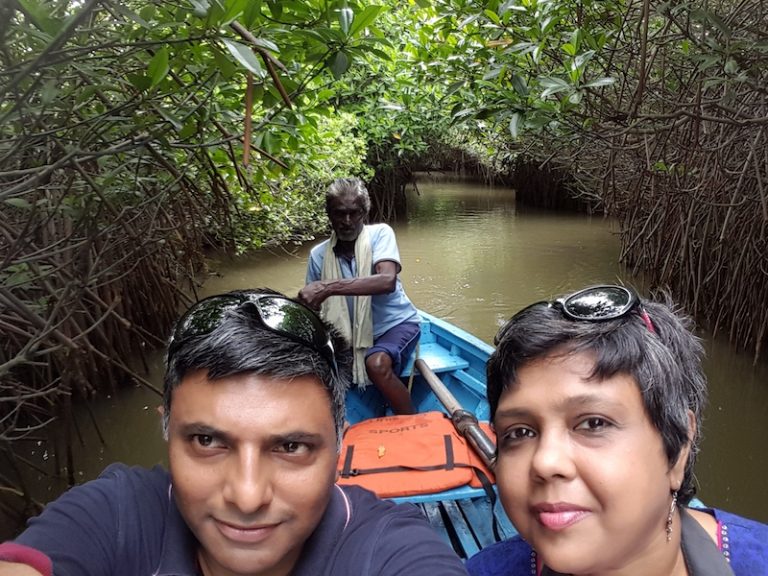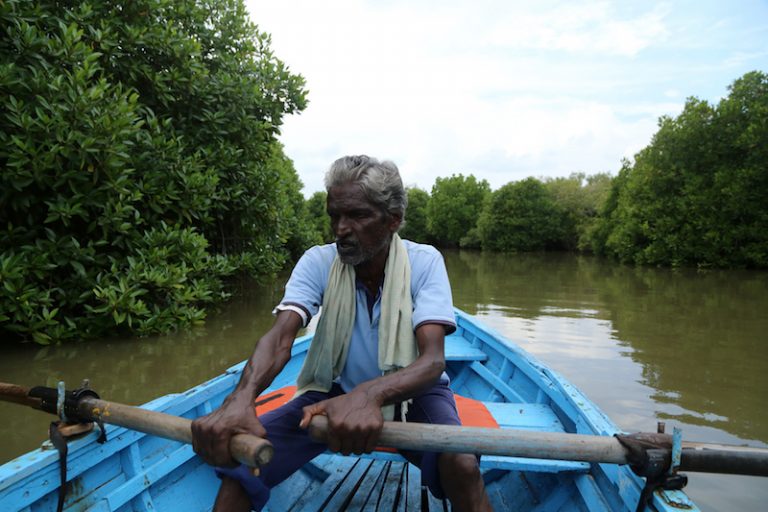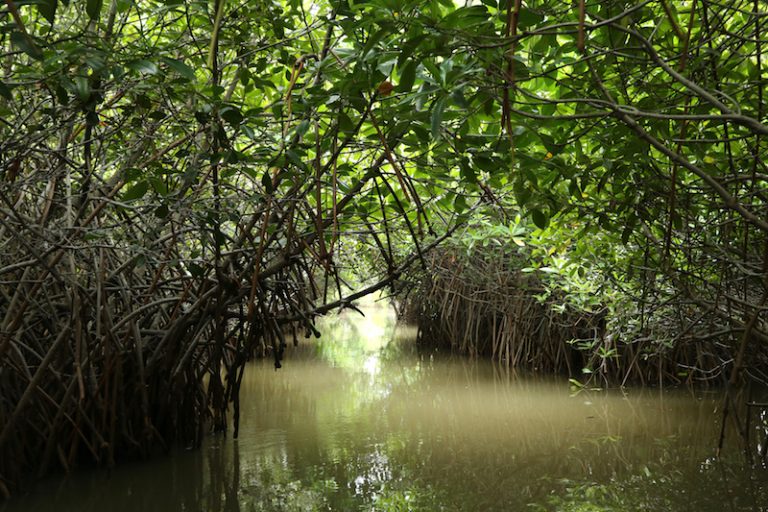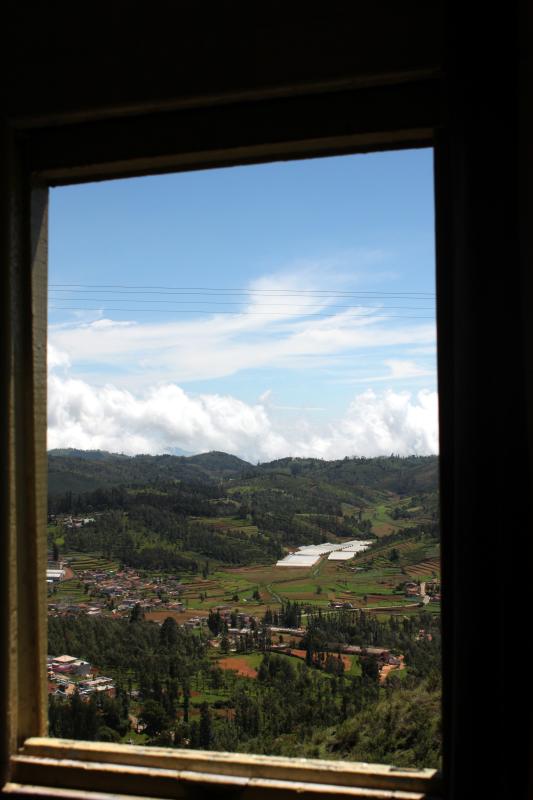After a couple of restful days in Tranquebar, we drive on to Pichavaram, for a look at the second largest mangroves system in India after the Sunderbans (in the world, as some sources claim). Despite this, Pichavaram is literally off the beaten track, seeing less than a hundred visitors everyday.

The pier is practically empty when we reach, just a dozen boatmen patiently awaiting their turn. We get on to a rowboat for a quick tour of the mangroves with Rajan, who also doubles up as guide for the next two hours.

Spread over 3000 acres, Pichavaram has a complex labyrinth of 4400 narrow canals eventually merging into the Bay of Bengal. The boat ride takes us through some stretches where the trees have formed thick canopies, which means there is little sunlight reaching the water, and we have to duck our heads to prevent getting hit.
Other than Rajan’s raspy voice piping up occasionally about the ecosystem of the mangroves, and the gentle splash of his oars, there is no other noise. And apart from the natural blues and greens of the mangroves, there is nothing else in sight. Not even another boat.

I remember reading that over 200 species of birds have been observed within this forest alone, including cormorants, egrets, spoonbills, storks and pelicans. But on this sultry afternoon, the avian inhabitants of the place seem to have gone into hiding, perhaps seeking respite from the heat.

Rajan keeps up a steady commentary on the ecosystem of the mangroves and the film sequences that have been shot there – starring everyone from former chief Minister turned actor MG Ramachandran to more recently, Kamal Haasan. I sit back and listen with a large smile on my face, thrilled to have discovered this fascinating destination right in my own home state.





Grew up listening to stories about this place, but never got a chance to go there. Looks beautiful!
Chaitali, Pichavaram is really quite lovely- visit if you get a chance.